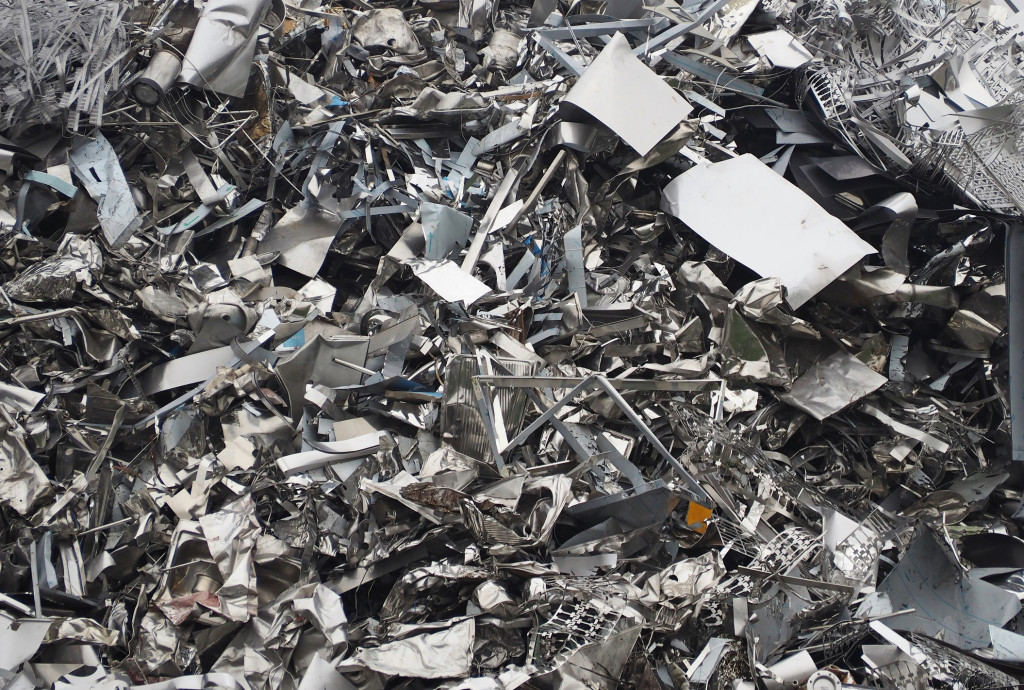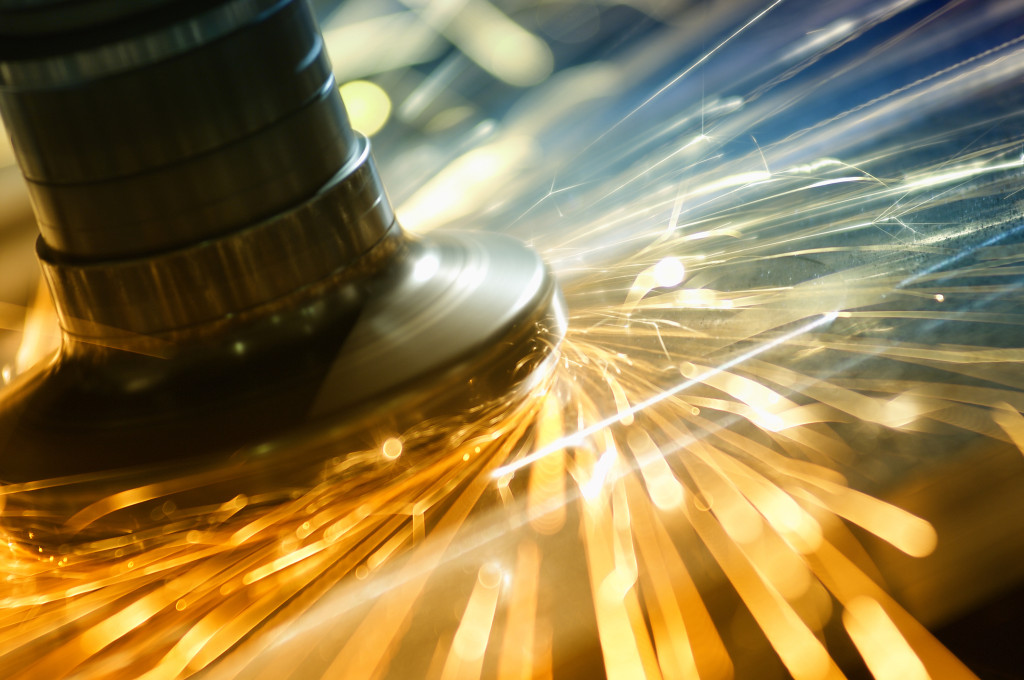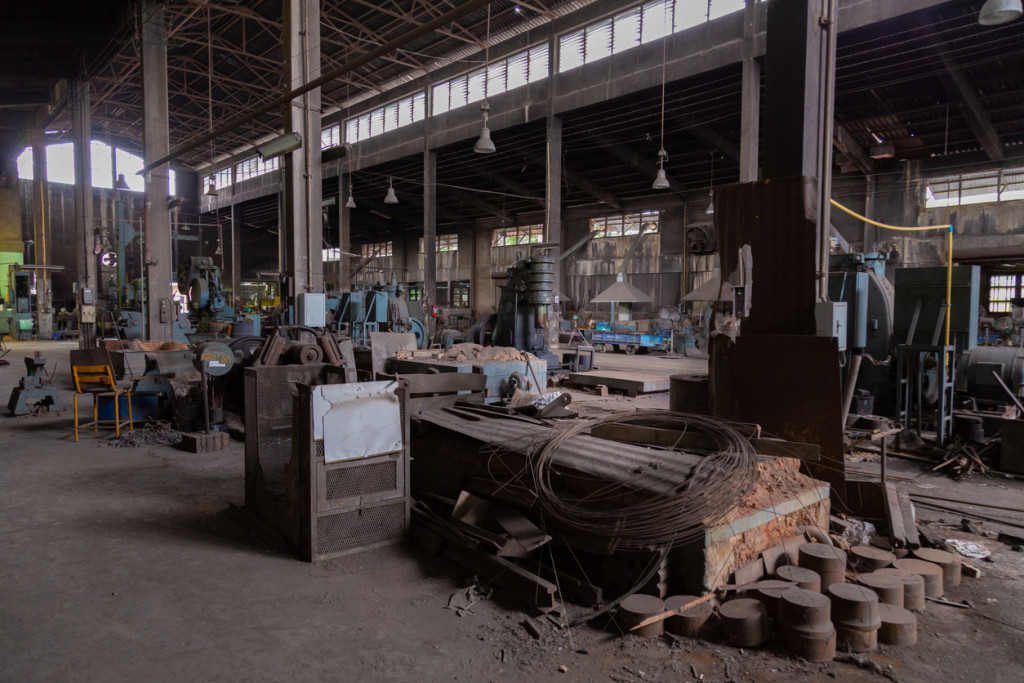Here at Morecambe Metals, we often get asked about the services we provide. One of these services we offer is metal shearing, a form of cutting for sheet metal. When deciding on the best metal cutting service for your application, metal shearing should certainly be one to consider due to its efficiency and lack of wastage.
In this blog, we’ll unpack exactly what metal shearing is, its benefits, and why it’s important in efficient recycling, as well as cover some instances where metal shearing is not the best choice. As a leading scrap metal recycling provider for the Lancaster and Morecambe area, we make it easy and hassle-free to recycle your scrap metal with us.
What is Metal Shearing?
Metal can be cut using a variety of different methods, and each one is suited to different applications. Metal shearing is one of these methods. In its simplest terms, metal shearing removes any unwanted material from sheet metal. It is the most commonly used metal cutting method for projects with high amounts of material, mainly due to its lack of wasteful byproducts and ability to be conducted on a large scale.
The shearing process slices through a piece of metal using a blade fixed to a tool or machine. A squaring arm ensures an exact cut, and two blades pass each other to separate the metal. This process is similar to how scissors work but differs in that all the points along the edges of the blades meet simultaneously. If needed, blades can be mounted at an angle on the tool or machine to reduce the shearing force. This process is sometimes referred to as die cutting, although depending on the manufacturer, die cutting will be classed as a separate thing, where the blades are curved rather than straight-edge.
What are the Benefits of Metal Shearing?
Metal shearing is a popular cutting method due to its many benefits. Whilst it may not be suited for every application, here are some of the key reasons why metal shearing is chosen as a preferable method:
- The metal does not need heating before being sheared, which is not the case for all metal cutting methods. Metal shearing often takes place at room temperature or when the metal is cold. This assists in preserving the metal’s properties and keeping it as intact as possible.
- Metal shearing can be used on a wide selection of different metals, such as iron, stainless steel, aluminium and copper, making it an incredibly versatile process.
- As we’ve mentioned, metal shearing doesn’t create much waste (or kerf), so it’s a more sustainable option for metal cutting than some other processes. Lack of waste also means that this process is less expensive in terms of clean-up costs and can be completed in a more efficient manner.
- Another major advantage is that it doesn’t create chips on the metal. This means that shearing works well with softer metals like bronze and aluminium.
- The blades used in metal shearing machines mean that the lines cut are straighter, cleaner, and more precise than methods like traditional torch cutting.
As with any metal cutting process, there are some disadvantages to be aware of. Metal shearing is not the best selection for hard and brittle metals like tungsten. Repeated use of shearing tools on these types of metals can leave them permanently damaged, and this also does not guarantee the best results in terms of clean-cut lines. Moreover, because it is designed for high-volume projects, metal shearing is not best suited to cutting smaller sheets of metal (notably lengths under 3mm), which is something to consider when deciding on the ideal approach for your application.
Why is it Important in Efficient Recycling?
Metal shearing plays a vital role in the recycling process by enabling efficient and precise cutting of sheet metal, which is essential for reducing waste. Minimising the amount of waste generated helps to improve the sustainability of recycling operations. Additionally, because shearing helps to preserve the metal’s original properties, it ensures that the recycled metal keeps its quality, which is crucial for reusing it in new products. Moreover, metal shearing requires no heating of the material, saving on energy and further contributing to sustainable recycling practices.
At our site, we have an 800-tone shear that is capable of handling heavy amounts of ferrous metals, shearing it to the highest standards possible. With these tools, we provide efficiency and quality in our metal recycling, and we can accept and process almost any ferrous metal. If you’re looking to improve the efficiency of your manufacturing processes and reduce material wastage, then feel free to get in touch to learn more about our metal shearing services.




